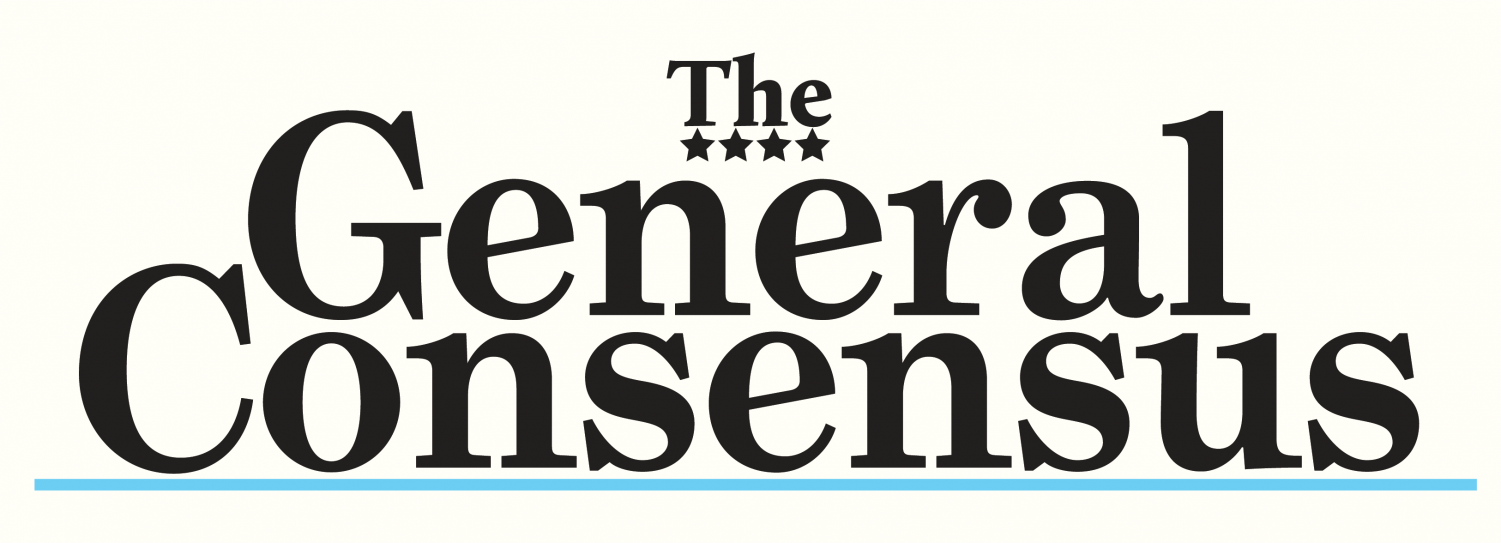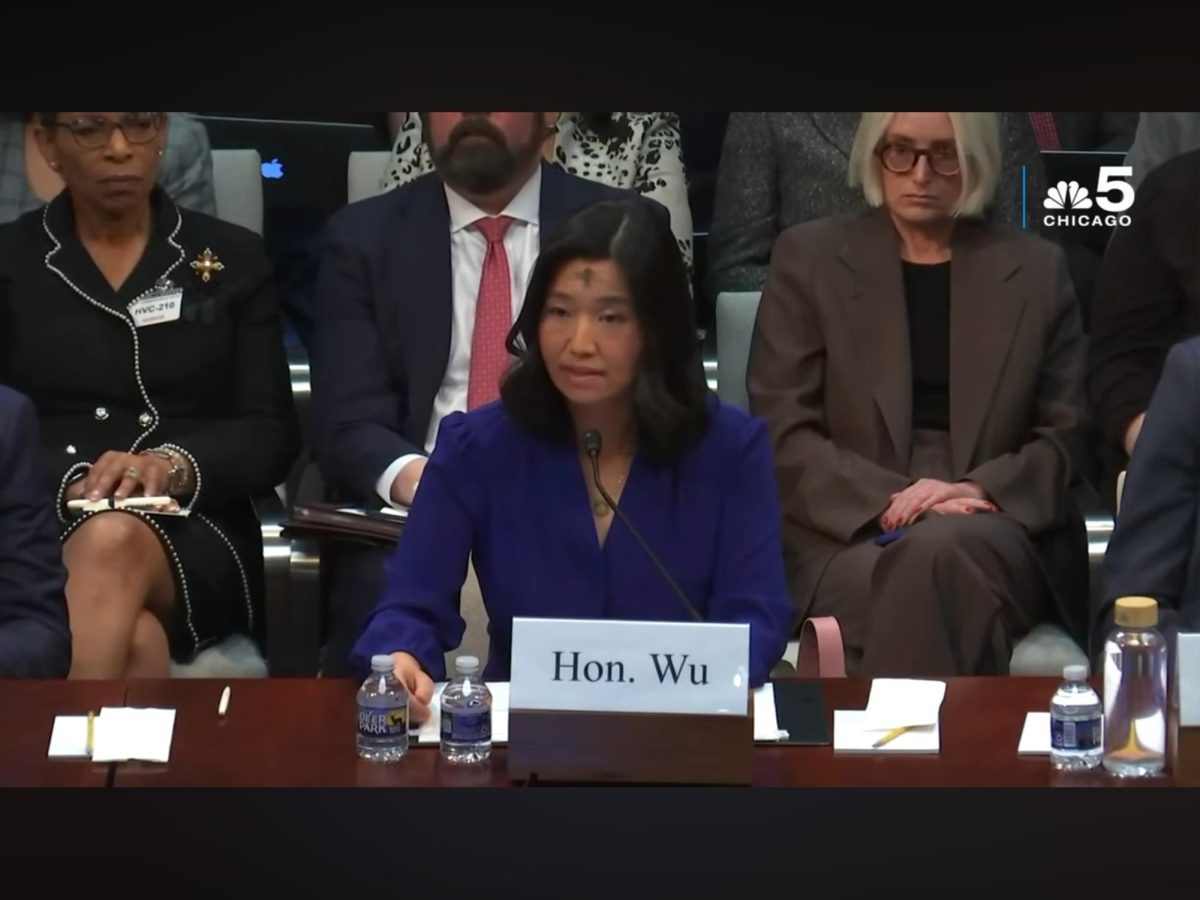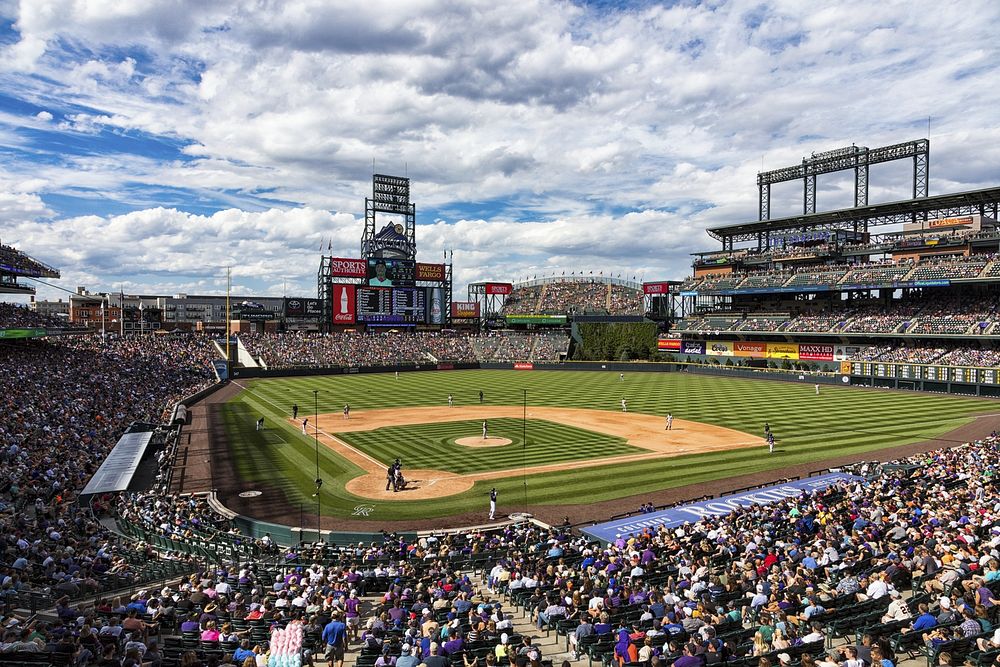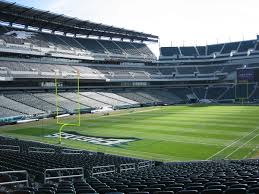The beach is a popular recreational activity among hundreds of millions of people. According to Mass.gov, just in Massachusetts, over 111 million trips are made to the beach annually. Splashing among the waves is a popular pastime, yet not many people stop to wonder about what is beyond their vision.
Plastic pollution in our ocean is a problem that needs to be addressed immediately, or our oceans could be doomed. According to A Plastic Ocean by Craig Leeson, by 2050, when the population explodes to almost ten billion people, it’s expected that plastic production will triple. Ten times more plastic each year is estimated to be dumped into our oceans as well.
A Plastic Ocean also points out how currently, the U.S. alone throws away 38 billion plastic water bottles every year, which is 2 million tons of plastic going into the U.S. landfills. Over 90% of these plastic bottles are being used only once. Single-use plastic is very popular among Americans. In one year, every single person on this planet will use about 300 pounds of single-use plastic. “In 2018, we made an average of 4.9 pounds of trash per person per day, for a total of 292 million tons. That’s the weight of over 5,600 ships the size of the Titanic!” (Total Garbage: A Messy Dive Into Trash, Waste, and Our World by Rebecca Donnelly). All of this plastic is affecting the environment — more specifically the marine life under the sea. In addition, an estimated 90% of all seabirds have swallowed plastic at some time in their lives. According to the documentary by Craig Leeson, a crew opened up a dead sea bird and saw that the stomach was filled to the brim with plastic. The total ended up being 234 pieces of plastic in that bird, which, unfortunately, is not even close to beating the record. Putting this into human standards, it would be like you or I swallowing twelve pizzas worth of plastic.
It’s even worse under the sea. More than 50% of marine debris, including plastic, sinks to the bottom of the ocean where creatures eat it. However, plastic also affects the organisms who don’t feed at the bottom. According to Condor Ferries, 100 million marine animals die from plastic pollution annually. This can also be recorded as around 273,972 per day, 11,415 per hour, 190 per minute, and 3 per second. Whales are a perfect example of how deadly plastic can be for the ocean. Blue whales feed by opening up their mouths and sucking up whatever is in their path. They take in hundreds of gallons of water, getting rid of the water and feeding off of the tiny fish and krill. When they eat, they can’t tell the difference between little bits of plastic and their prey. This causes them to die of malnourishment due to their stomachs being filled to the brim with plastic. They can also suffocate. Both of these deaths are slow and painful. Because plastic is so durable and cheap, it is natural for companies to want to use plastics in most of their products to save money. In addition, we buy their plastic materials, providing them with the money they need to buy more plastic and release new products. The cycle continues, releasing more plastic into the atmosphere.
There is no one way to reverse the cycle, but there are ways that we as consumers can be aware about plastic and how to do better. Some things that people can do by themselves is by switching out single-use plastic with reusable items; instead of buying mini individual bags of chips or cookies, buy the big bulk version; buy products in person instead of online, and bring your own reusable bag to put your purchases in; write down everything you go through throughout the week and set some goals by splitting it into three sections: what you’re doing well with/ don’t need to work on, what you’re working on currently, and what you’re going to work on next; go by the zero waste hierarchy; and, you can also make trash into art. Some examples of people who have given trash a second chance are Maria Cristina Finucci, Richard Lang and Judith Selby Lang, Anglea Haseltine Pozzi, Lesley Chang and Jason Klimoski, Alejandro Durán, and John Outterbridge. One way that you and your community can work together to help is by asking a local restaurant to put your food in a to-go container that isn’t made out of plastic. If they don’t have it, boycott the restaurant. Another way you can help is by writing a letter to your local government or partaking in a meeting to propose a new law. This new law can be something like a fee or ban on thin plastic bags provided from stores, a straws-upon-request law, a ban on plastic stirrers, or a ban on foam cups and take-out containers provided from stores.
The information given in this article is just scratching the surface of how big our problem is. If this topic is of interest to you, I encourage you to visit the website Our Plastic Ocean where a deeper explanation is provided. Our oceans need immediate attention. If we do not attempt to reduce the amount of plastic that we are consuming and releasing into our atmosphere, the future for us, our ocean, and our ecosystem is not positive.








